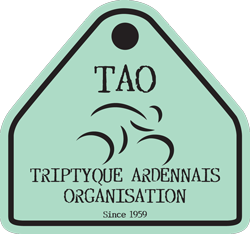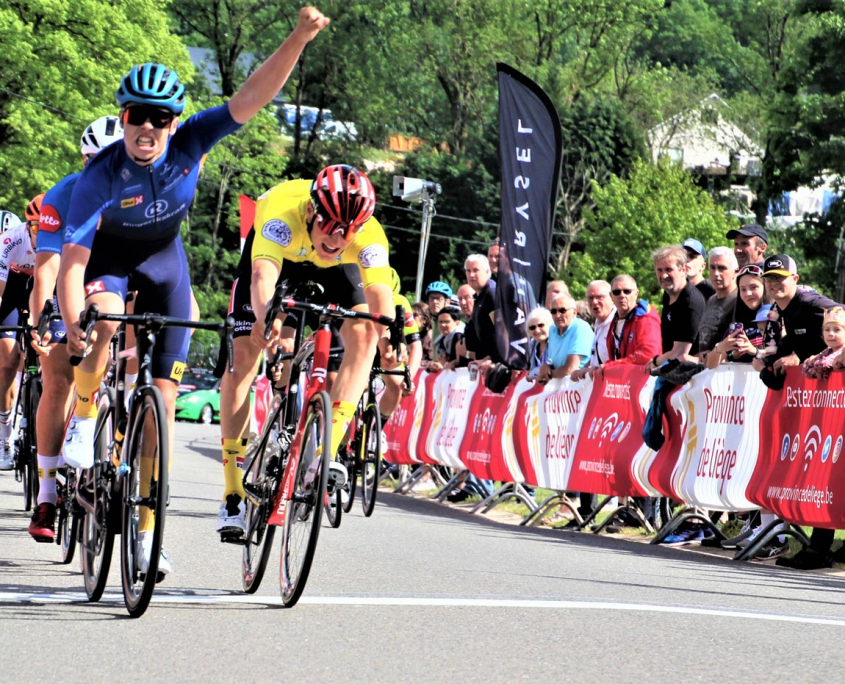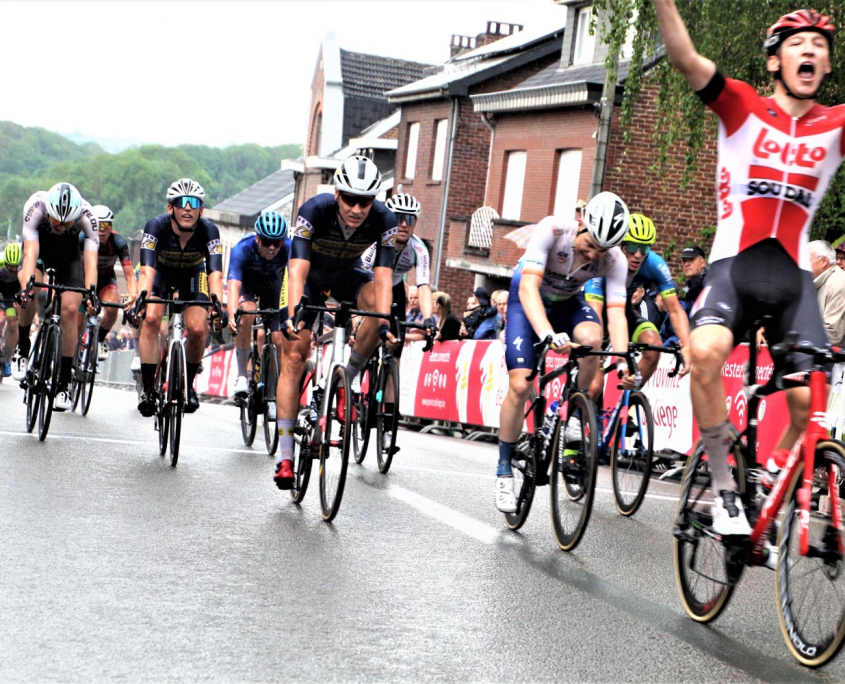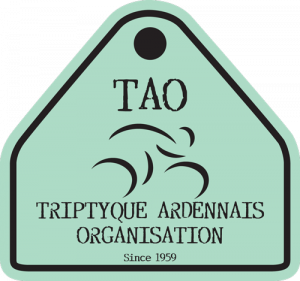How Rewards Influence Decision-Making and Game Design
Rewards are a fundamental element in shaping player behavior and engagement within games. They serve not only as incentives but also as signals that reinforce particular actions, guiding players toward desired outcomes. Understanding how different reward structures influence decision-making is crucial for designers aiming to craft compelling, motivating experiences. Modern examples, such as the game that was a mental win, illustrate these principles, demonstrating how reward dynamics can foster risk-taking and strategic thinking.
Table of Contents
- Fundamental Concepts of Rewards and Motivation
- Reward Structures and Their Effects on Player Decision-Making
- Game Design Principles Leveraging Rewards to Guide Player Behavior
- Case Study: « Drop the Boss » – An Illustration of Reward Dynamics in Modern Game Design
- The Psychology Behind Reward-Based Decision-Making in « Drop the Boss »
- Ethical Considerations and Potential Pitfalls in Reward Design
- Deep Dive: Non-Obvious Factors That Alter Reward Influence
- Future Trends in Reward Design and Decision-Making Research
- Conclusion: Synthesizing Educational Insights and Practical Applications
Fundamental Concepts of Rewards and Motivation
At the core of reward-driven behavior lie psychological theories that explain why incentives influence choices. Operant conditioning, pioneered by B.F. Skinner, demonstrates how behavior can be shaped by consequences—rewards reinforcing actions, discouraging others. In gaming, this manifests as players repeating behaviors that lead to positive outcomes.
Another vital distinction is between intrinsic and extrinsic motivation. Intrinsic motivation arises from internal satisfaction—players enjoy mastering a challenge—while extrinsic motivation depends on external rewards, such as points, unlockables, or monetary gains. Both types influence decision-making, but their effects vary depending on context and design.
Furthermore, the timing of rewards impacts player choices significantly. Immediate rewards tend to have a stronger influence on behavior than delayed ones, as they generate a more potent psychological response. Conversely, delayed rewards—like long-term progression—may foster persistence but less frequent engagement.
Players also perceive value and risk based on their expectations. A reward’s perceived value—how much it is worth to the player—and the associated risk influence whether a player chooses to take a gamble or play it safe. For example, a high-stakes feature might attract risk-takers, especially if the reward appears significant.
Reward Structures and Their Effects on Player Decision-Making
| Type of Reward | Description |
|---|---|
| Tangible | Physical items or monetary gains (e.g., coins, jackpots) |
| Intangible | Progress, reputation, or achievement badges |
| Immediate | Received right after an action, reinforcing behavior quickly |
| Long-term | Progression or rewards unlocked over time, encouraging sustained engagement |
Research shows that the magnitude of rewards and their probability significantly influence risk-taking behaviors. Larger, less probable rewards can trigger high-risk choices, especially when players overestimate their chances—known as the gambler’s fallacy.
Additionally, variable and unpredictable rewards—such as random jackpots—are effective in maintaining engagement, as they activate the brain’s reward system similarly to gambling, fostering a desire to continue playing.
Game Design Principles Leveraging Rewards to Guide Player Behavior
Designers employ several strategies to shape player actions through rewards:
- Feedback loops: Immediate responses to player actions reinforce desired behaviors, encouraging repeated engagement.
- Balancing challenge and reward: Providing a difficulty curve with appropriate rewards maintains motivation without causing frustration.
- Progression systems and milestones: Unlockables, levels, or achievement badges motivate players to continue, as they see clear paths to success.
For instance, in « Drop the Boss, » the increasing multiplier based on distance traveled acts as a feedback loop, pushing players to risk more in hopes of larger rewards. This approach aligns with behavioral science, which suggests that well-structured reward systems can significantly influence decision-making.
Case Study: « Drop the Boss » – An Illustration of Reward Dynamics in Modern Game Design
« Drop the Boss » exemplifies contemporary reward design by integrating mechanics that motivate players through escalating incentives. The core mechanic involves players dropping through a vertical setup, aiming to maximize their multiplier based on the distance traveled. As players descend, the multiplier increases, incentivizing risk-taking to reach higher rewards.
A key feature is the Chump Tower’s 50x multiplier. Achieving this rare reward requires strategic risk management, encouraging players to weigh potential gains against the possibility of losing progress. This dynamic mirrors real-world decision-making scenarios, where risk and reward must be balanced.
The game’s reward system effectively leverages the thrill of chance while providing tangible goals, exemplifying how well-designed reward structures can sustain engagement and promote strategic behavior.
The Psychology Behind Reward-Based Decision-Making in « Drop the Boss »
Players’ willingness to take risks is heavily influenced by the potential for high rewards. The anticipation of hitting the 50x multiplier or securing a top-tier bonus creates an excitement cycle that drives decision-making. This aligns with research indicating that dopamine release in response to potential rewards reinforces risky behaviors.
Furthermore, gameplay involves cognitive biases such as overconfidence, where players overestimate their chances of success, and the gambler’s fallacy, believing that a loss increases the likelihood of future wins. These biases can lead to persistent risk-taking, especially when rewards seem attainable.
The element of anticipation—waiting for the multiplier to increase—heightens arousal and engages the reward circuitry of the brain, making each decision more emotionally charged and impactful.
Ethical Considerations and Potential Pitfalls in Reward Design
While rewarding players enhances engagement, designers must be cautious of fostering addictive behaviors. Excessive emphasis on high-reward loops can lead to problematic gambling-like tendencies, especially when rewards are unpredictable or overly enticing.
Transparency and fairness are essential. Players should understand the odds and the nature of rewards to maintain trust. For example, clear communication about the chances of hitting the 50x multiplier can prevent perceptions of manipulation.
Strategies to mitigate potential harm include implementing cool-down periods, offering responsible gaming options, and designing rewards that promote healthy engagement instead of exploiting player vulnerabilities.
Deep Dive: Non-Obvious Factors That Alter Reward Influence
Social and competitive elements significantly affect how rewards are perceived. Leaderboards and multiplayer features can amplify motivation, as players compare their progress and rewards with others.
Visual and auditory cues—such as flashing lights or celebratory sounds—enhance the salience of rewards, making them more desirable and influencing decision-making processes. These sensory stimuli activate the brain’s reward pathways, boosting engagement.
Individual differences, including personality traits and susceptibility to impulsivity, mean that reward sensitivity varies among players. Recognizing this variability can help in designing more ethical and inclusive reward systems.
Future Trends in Reward Design and Decision-Making Research
Advances in AI-driven adaptive reward systems promise to personalize experiences, adjusting rewards based on player behavior to optimize engagement and minimize harm. Behavioral analytics enable designers to identify patterns and refine reward structures accordingly.
Emerging platforms, including virtual and augmented reality, open new avenues for immersive reward mechanisms. Ethical considerations remain paramount, ensuring that innovations foster healthy engagement rather than exploit vulnerabilities.
Conclusion: Synthesizing Educational Insights and Practical Applications
« Reward structures are powerful tools that shape decision-making, motivate sustained engagement, and influence game design. When thoughtfully implemented, they create compelling experiences while respecting ethical boundaries. »
In summary, understanding the psychology of rewards and their strategic use in game design is essential for developing engaging yet responsible gaming experiences. The case of « Drop the Boss » demonstrates how dynamic reward systems—such as increasing multipliers and unpredictable jackpots—can motivate risk-taking and strategic planning.
Ultimately, balancing motivation, fairness, and ethical considerations will define the future of reward-based decision-making in gaming. As research advances, designers have the opportunity to craft experiences that are both captivating and responsible, ensuring long-term player trust and enjoyment.





